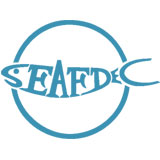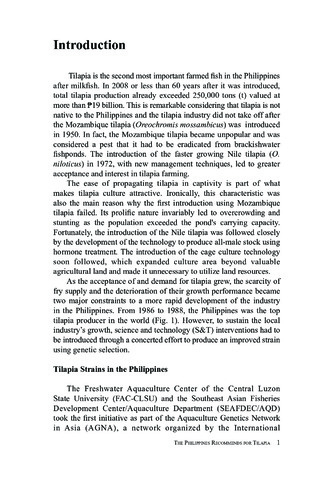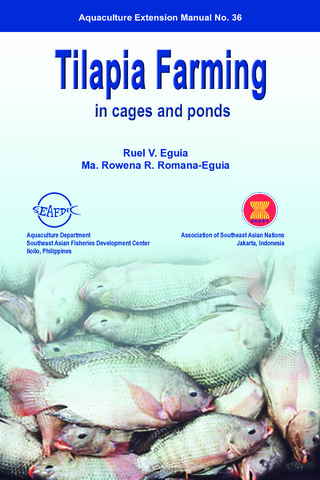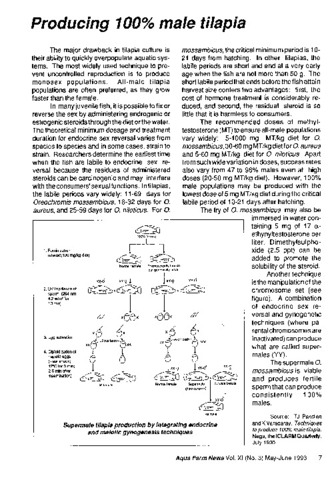Electrophoretic studies on induced gynogenetic diploids and triploids in tilapia (Oreochromis niloticus and O. aureus)
Share
Abstract
Preliminary electrophoretic screening of laboratory maintained tilapia stocks revealed enzyme polymorphism at 3 co-dominantly inherited loci--adenosine deaminase (Ada), aminopeptidase (Ap) and malic enzyme (Me-2). Oreochromis niloticus and O. aureus broodstock used in artificial gynogenesis and polyploidy experiments were genetically tagged with these biochemical markers. Results of manipulations to induce diploid gynogenetic and triploid broods from heterozygous females were determined by genetic analysis.
Segregation ratios in the control broods confirmed Mendelian inheritance at the Me-2 and Ada loci. Genetic analysis of enzyme polymorphism in gynogenetic broods, produced from ova fertilized with genetically inert sperm and heat-shocked 5 minutes after fertilization indicated diploidy restoration by second polar body retention. Diploidisation of gynogenomes by suppression of first cleavage of mitosis in the zygote, attempted by heat shocking eggs 20-45 minutes after fertilization with UV-treated sperm, proved effective in one brood (heat shock at 45 min. after fertilization) in which a high incidence (~100% ) of individuals homozygous for Me-2, was observed. Finally, electrophoretic analysis of triploids revealed banding patterns different from those observed in normal and gynogenetic diploids. Such as banding phenotypes, peculiar only to triploids, denoted success in triploidy induction which was achived here with the fusion of the pronucleus and the maternal genome made double by suppresion of meiosis II.
Subject
Taxonomic term
Collections
Related items
Showing items related by title, author, creator and subject.
-
[The Philippines recommends for tilapia:] Introduction
Yap, Wilfredo G.; Eguia, Maria Rowena R.; Abella, Tereso A.; The Tilapia Technical Committee 2017 (DOST-PCAARRD, 2018) -
Tilapia farming in cages and ponds
Eguia, Ruel V.; Romana-Eguia, Ma. Rowena R. (Aquaculture Department, Southeast Asian Fisheries Development Center, 2004)This 40-page manual describes the farming practices for tilapia in cages, pens, ponds, and tanks. Also details selection of quality seedstock, maintenance of stock (feeding, water management), and harvesting. A list of ... -
Producing 100% male tilapia
Castaños, Milagros T.; Southeast Asian Fisheries Development Center, Aquaculture Department (Aquaculture Department, Southeast Asian Fisheries Development Center, 1993)






